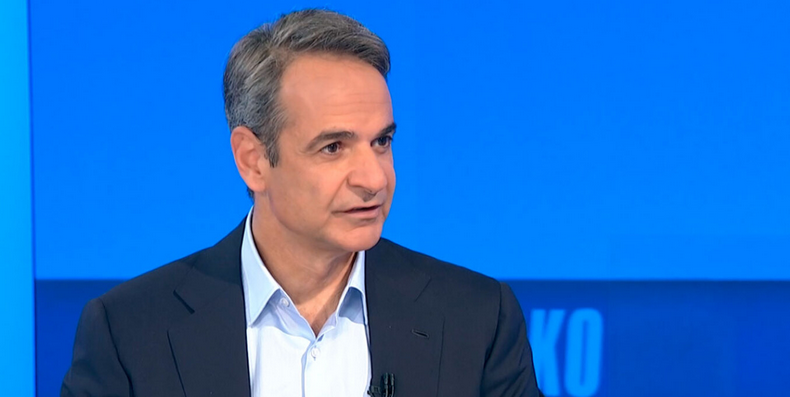The Statue of Liberty, a symbol of democracy and freedom that has greeted countless immigrants to the shores of America was inspired by a project representing an Arab woman guarding the Suez Canal according to a recent research.
As AFP reports, French sculptor Frederic Auguste Bartholdi, who traveled to Egypt in 1855-1856, developed there a “passion for large-scale public monuments and colossal sculptures,” said the US National Park Service, which guards the Statue of Liberty in New York.
In 1869 the Egyptian government sought proposals for building a lighthouse which would be put at Suez Canal. Bartholdi designed a huge statue of a robed woman holding a torch, which he called “Egypt (or Progress) Brings Light to Asia”.
The sculpture had first the “form of a veiled peasant woman,” said Barry Moreno, who has written about the statue.
“Bartholdi produced a series of drawings in which the proposed statue began as a gigantic female fellah, or Arab peasant, and gradually evolved into a colossal goddess,” added Edward Berenson, who has also written about the Statue of Liberty.
At the time, most Egyptians were Muslims according to the Smithsonian.
Bartholdi had a second chance when French historian Edouard de Laboulaye originated the idea of a monument presented by the French people to the United States representing “Liberty Enlightening the World.” And in1870, Bartholdi started designing the statue based on his previous design.
The statue was inaugurated in 1886.



































